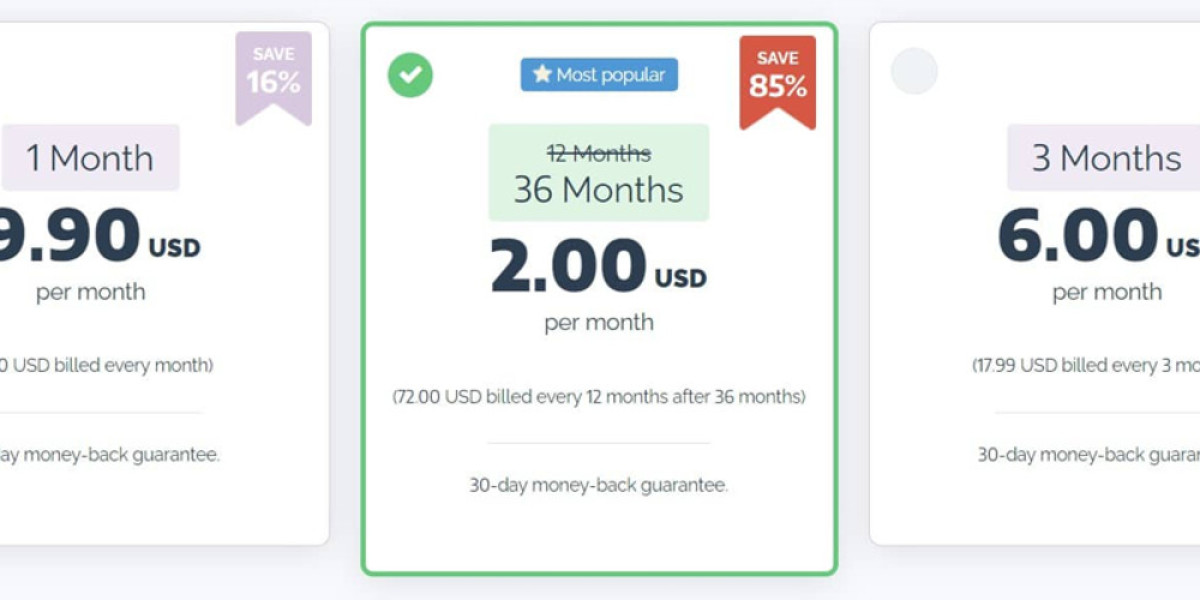
Machine-learning designs can fail when they try to make forecasts for people who were underrepresented in the datasets they were trained on.
For example, sitiosecuador.com a design that forecasts the finest treatment option for somebody with a persistent illness might be trained utilizing a dataset that contains mainly male clients. That design might make inaccurate predictions for female patients when deployed in a healthcare facility.

To enhance outcomes, engineers can attempt stabilizing the training dataset by eliminating information points till all subgroups are represented equally. While dataset balancing is appealing, it typically needs eliminating big amount of information, harming the design's total performance.
MIT scientists established a new technique that determines and eliminates particular points in a training dataset that contribute most to a model's failures on minority subgroups. By removing far less datapoints than other approaches, this strategy maintains the overall precision of the model while improving its performance relating to underrepresented groups.
In addition, the technique can recognize surprise sources of predisposition in a training dataset that does not have labels. Unlabeled data are even more common than identified data for lots of applications.
This approach might likewise be combined with other approaches to enhance the fairness of machine-learning designs deployed in high-stakes scenarios. For king-wifi.win instance, it may sooner or later help ensure underrepresented patients aren't misdiagnosed due to a prejudiced AI design.
"Many other algorithms that attempt to resolve this concern presume each datapoint matters as much as every other datapoint. In this paper, we are showing that presumption is not true. There are particular points in our dataset that are contributing to this bias, and we can find those information points, remove them, and get much better efficiency," says Kimia Hamidieh, disgaeawiki.info an electrical engineering and computer science (EECS) graduate trainee at MIT and co-lead author of a paper on this method.
She composed the paper with co-lead authors Saachi Jain PhD '24 and fellow EECS graduate trainee Kristian Georgiev; Andrew Ilyas MEng '18, PhD '23, a Stein Fellow at Stanford University; and senior authors Marzyeh Ghassemi, an associate professor in EECS and a member of the Institute of Medical Engineering Sciences and the Laboratory for Details and Decision Systems, loft.awardspace.info and Aleksander Madry, the Cadence Design Systems Professor at MIT. The research study will exist at the Conference on Neural Details Processing Systems.
Removing bad examples
Often, machine-learning designs are trained using big datasets gathered from numerous sources throughout the internet. These datasets are far too large to be thoroughly curated by hand, so they may contain bad examples that injure model performance.
Scientists likewise know that some data points affect a model's efficiency on certain downstream tasks more than others.
The MIT scientists integrated these 2 concepts into a method that identifies and eliminates these bothersome datapoints. They seek to resolve a problem called worst-group error, which occurs when a model underperforms on minority subgroups in a training dataset.

The researchers' brand-new method is driven by previous work in which they introduced a technique, called TRAK, that identifies the most important training examples for messengerkivu.com a particular design output.
For this new strategy, they take inaccurate forecasts the design made about minority subgroups and use TRAK to determine which training examples contributed the most to that inaccurate forecast.
"By aggregating this details throughout bad test forecasts in the right method, we have the ability to discover the particular parts of the training that are driving worst-group accuracy down in general," Ilyas explains.

Then they eliminate those specific samples and retrain the model on the remaining data.
Since having more data typically yields much better overall performance, getting rid of simply the samples that drive worst-group failures maintains the design's overall precision while boosting its efficiency on minority subgroups.

A more available technique
Across three machine-learning datasets, their approach outperformed multiple techniques. In one instance, it improved worst-group precision while eliminating about 20,000 less training samples than a standard information balancing technique. Their method also attained greater precision than methods that need making changes to the inner workings of a design.
Because the MIT technique includes altering a dataset rather, it would be simpler for a professional to utilize and hb9lc.org can be applied to numerous kinds of designs.
It can also be used when bias is unidentified since subgroups in a training dataset are not labeled. By recognizing datapoints that contribute most to a feature the design is learning, they can comprehend the variables it is utilizing to make a forecast.
"This is a tool anybody can use when they are training a machine-learning model. They can take a look at those datapoints and see whether they are lined up with the capability they are trying to teach the model," says Hamidieh.
Using the technique to identify unknown subgroup bias would require intuition about which groups to look for, so the researchers want to verify it and explore it more totally through future human studies.
They also desire to improve the efficiency and reliability of their strategy and guarantee the approach is available and easy-to-use for practitioners who might someday release it in real-world environments.

"When you have tools that let you seriously look at the information and figure out which datapoints are going to result in bias or other unfavorable behavior, it provides you an initial step towards structure models that are going to be more fair and more dependable," Ilyas states.
This work is moneyed, forums.cgb.designknights.com in part, by the National Science Foundation and the U.S. Defense Advanced Research Projects Agency.









